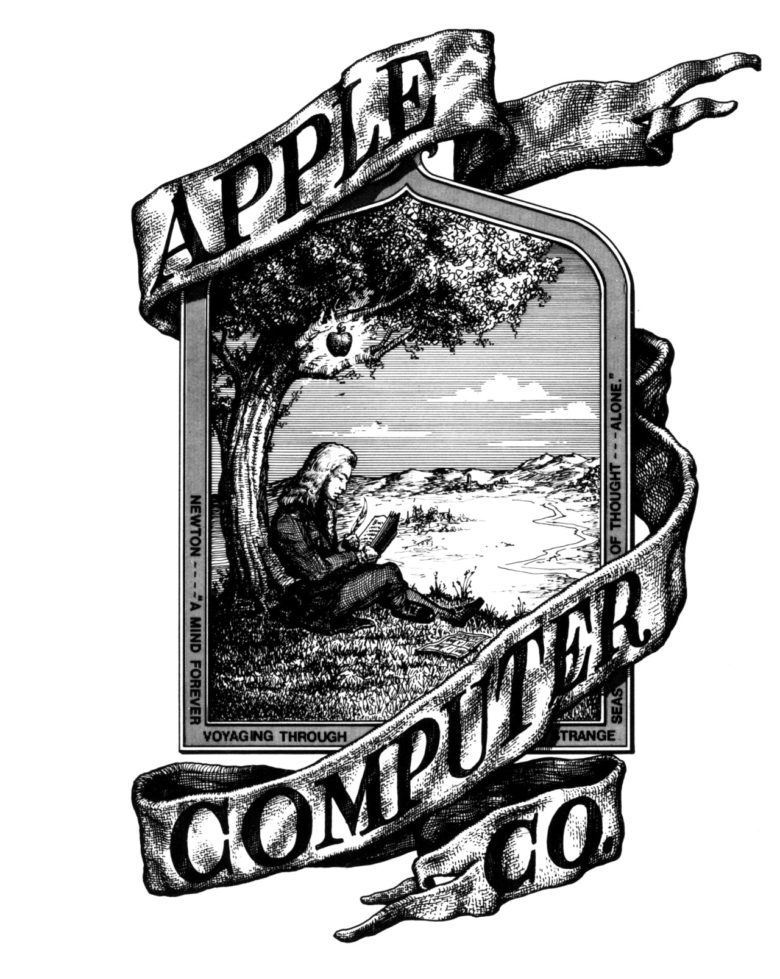[ad_1]
 April 12, 1976: Apple’s third co-founder, a former Atari colleague of Steve Wozniak’s named Ron Wayne, cashes in his Apple shares for just $800.
April 12, 1976: Apple’s third co-founder, a former Atari colleague of Steve Wozniak’s named Ron Wayne, cashes in his Apple shares for just $800.
Wayne, who owns a 10% stake in the company, throws in the towel after worrying that he doesn’t have the time or energy to properly invest in Apple. He later receives an extra $1,500 check to seal the deal. When he cashes it, he loses out on an investment that could have been worth billions.
“I was 40 and these kids were in their 20s,” Wayne told Cult of Mac decades later, referring to Wozniak and Steve Jobs. “They were whirlwinds — it was like having a tiger by the tail. If I had stayed with Apple I probably would have wound up the richest man in the cemetery.”
Ron Wayne: Apple’s third co-founder
Before selling his stake in Apple, Wayne made several contributions to the company. He drew Apple’s first logo, a woodcut-style depiction of Sir Isaac Newton sitting beneath a tree with a solitary apple dangling over his head.
Around the border, Wayne printed a quotation from William Wordsworth’s The Prelude: “A mind forever wandering through strange seas of thought, alone.” (The logo later was replaced by the iconic Apple emblem we see today, designed by Rob Janoff.)
Wayne also wrote up the first contract in Apple’s history, codifying what all three co-founders would do. Wozniak would manage electrical engineering. Jobs tackled marketing, and Wayne would oversee mechanical engineering and documentation.

Image: Apple
Ron Wayne on Steve Wozniak and Steve Jobs
The three Apple co-founders got on well, although Wayne was considerably closer to Woz than he was to Jobs. Wayne described Wozniak as “the most gracious man I’ve ever met in my life. His personality was contagious.”
Wayne found Jobs tougher to deal with.
“He was a very focused fellow,” Wayne told me. “You never wanted to be between him and where he wanted to go, or you’d find footprints on your forehead. To put it simply, if you had your choice between Steve Jobs and an ice cube, you’d nuzzle up to the ice cube for warmth. But that’s what it took for him to turn Apple into what it became.”
No regrets for Apple’s third co-founder
To Wayne’s absolute credit, he never showed any sign of regretting his decision. When Apple went public in December 1980, both Jobs and Woz became instant millionaires. Wayne fared less well financially, but got on with his life without whining.
“The reason I didn’t [complain] is very simple,” Wayne said. “Should I make myself sick over the whole thing, in addition to everything else that’s going on? It didn’t make any sense. Just pick yourself up and move on. I didn’t want to waste my tomorrows bemoaning my yesterdays. Does this mean I’m unemotional and don’t feel the pain? Of course not. But I handle it by going on to the next thing. That’s all any of us can do.”
Years later, after Jobs returned to Apple and started to turn it around, he invited Wayne to attend a presentation in San Francisco showing off some new Macs. Wayne received first-class plane tickets, and Jobs’ chauffeur met him at the airport. Apple put Wayne up in a luxury room at the Mark Hopkins Hotel.
After the conference, Jobs, Wozniak and Wayne ate a long lunch at Apple’s cafeteria and reminisced about old times.

Image: Ron Wayne
[ad_2]
Source Article Link

